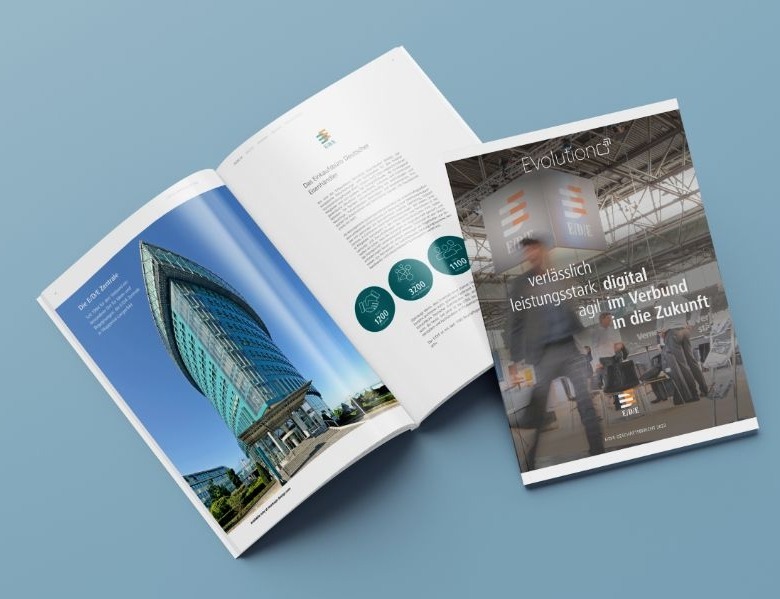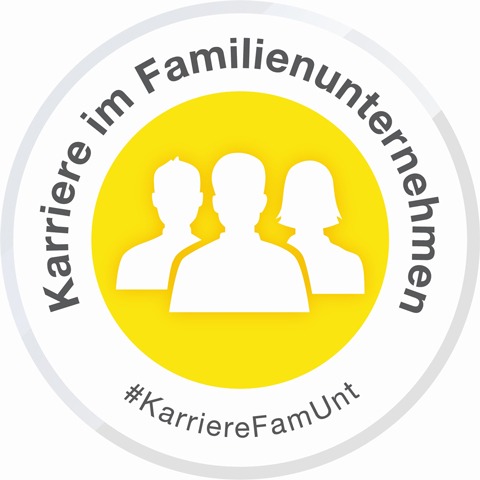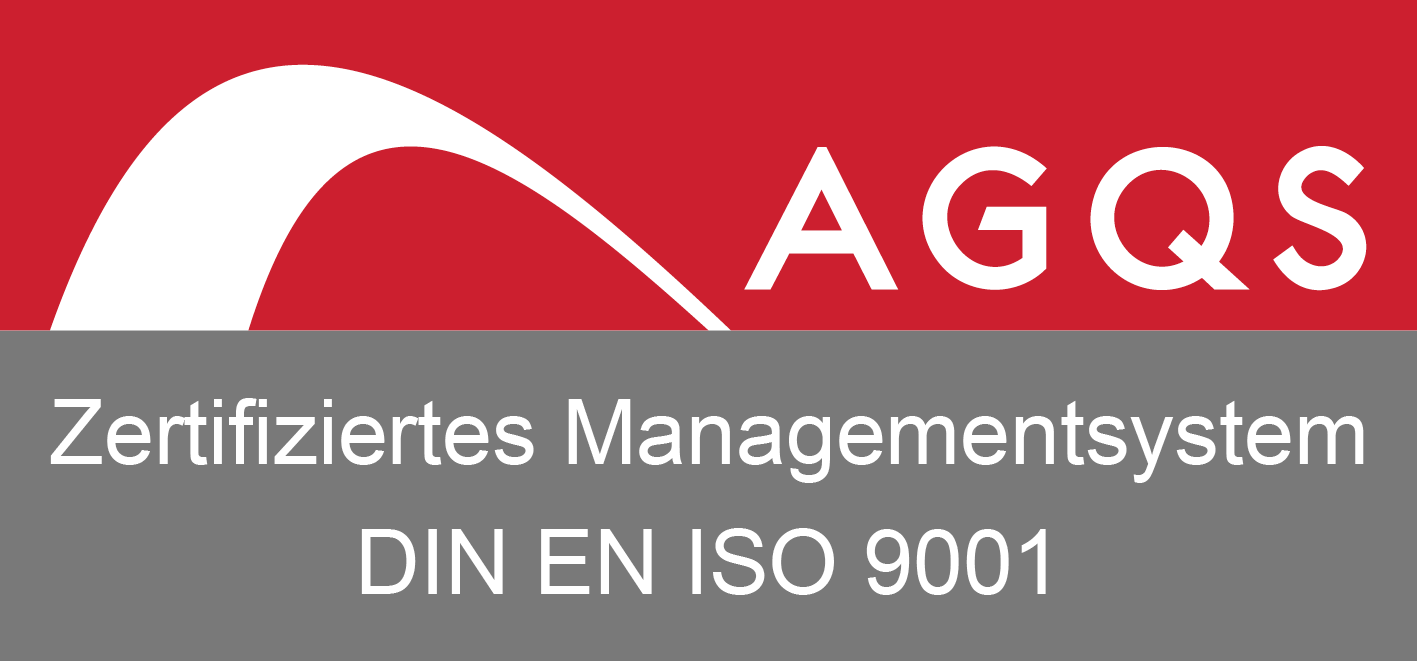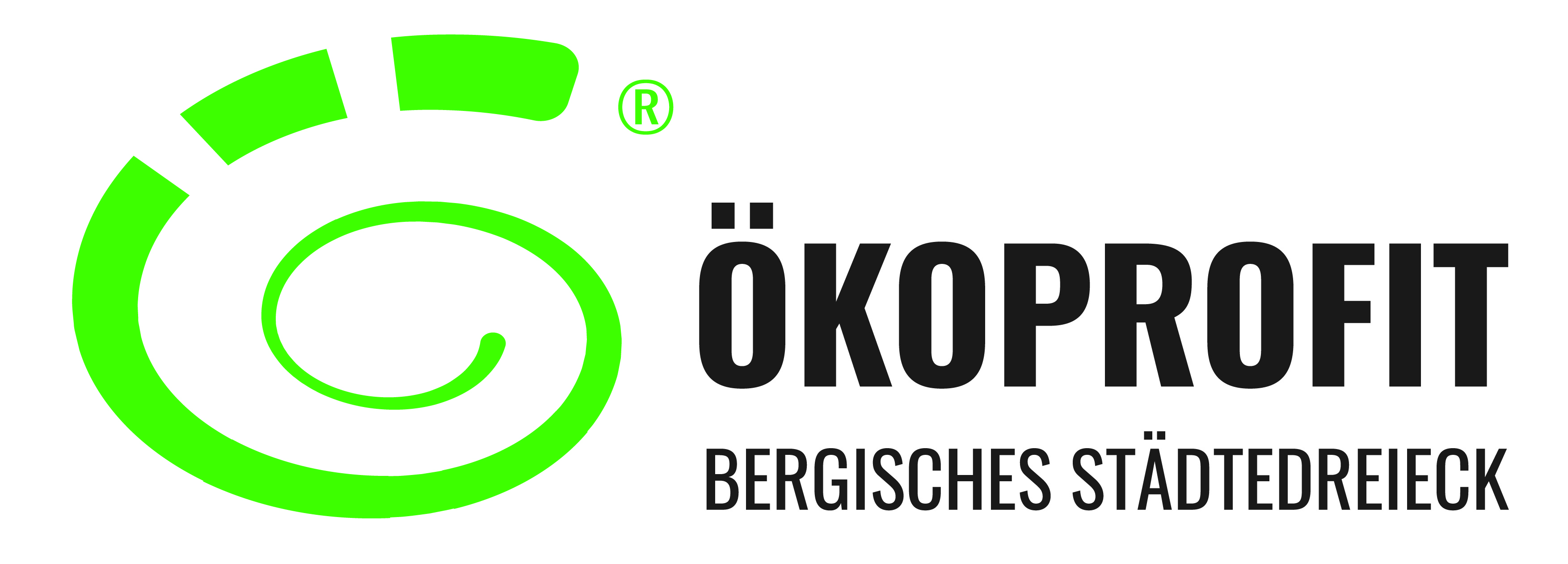Society in Germany is ageing – with effects on the world of work that are already being felt today. However, it is not only the widely cited shortage of workers that is prompting companies to focus even more intensively on personnel and corporate culture. The aim is to create space for performance in order to attract the best employees for their own company and strengthen their competitive position. Medium-sized and owner-managed companies, such as those typical of PVH, have a good chance of positioning themselves as an attractive employer.
“We are clearly dealing with an employee market – and this will not change in the foreseeable future,” Bettina Jakobi, Managing Director of Personnel at E/D/E, sums it up.
In the competition for the best minds, SMEs are competing with large companies that can often invest considerably more money and time – and are already better known per se.
It is therefore all the more important to work on your own image and visibility as an employer with perseverance and continuity.
However, employer branding is only the visible part of an underlying essential entrepreneurial task.

Developing values
Behind the term itself lies the intention of gaining attractiveness and recognition as an employer with consistent concepts.
“Employer branding is the visible final step in a longer process,” says Dr. Sören Kiefer, Head of the E/D/E Academy: “At its core, it is about communicating values. Before companies can start, however, they first have to identify and develop these values for themselves.”
Advantages for SMEs
Exchanges in the E/D/E Business NETZWERK groups, for example, can provide valuable impetus, as can internal company workshops.
“It is crucial to be authentic and honest in everything and to stay on the ball when communicating with employees and potential applicants,” continues Dr. Kiefer.
Medium-sized, owner-managed companies have a number of advantages: contact with employees is much closer and more personal here than in corporate structures.
“Many companies can use this strength and other unique selling points even more proactively,” Dr. Kiefer continues.
However, developing an employer brand is not just about finding new employees, but above all about increasing employee loyalty among the existing workforce.
Dr. Kiefer: “Strictly speaking, the term is not entirely accurate: employees cannot be tied to a company – they tie themselves to it out of their own conviction.”
Money is not everything
Fair, performance-related remuneration plays a key role here, but is by no means the only argument. Sharing common values and emotional aspects also contribute to employees being loyal to their employer. A recent survey with astonishing results confirms this: According to it, more than 70 percent of German office workers would give up part of their salary if they felt happier in their new workplace – according to the “Work Happiness Report 2023 “. With a lively corporate culture, appreciation and openness in cooperation, bosses can contribute to greater satisfaction within the workforce.
The topic of further training is also at the forefront of employees’ minds when it comes to finding a good job. In the context of the transformation of the economy and the world of work, the importance of tailor-made qualification measures, such as those offered by E/D/E through the AKADEMIE or via the E/D/E Foundation and the ZHH-Bildungswerk for the PVH for many years, is also growing for the companies themselves. E/D/E is involved in the ZUKUNFiT initiative of the SME association ZGV in order to further develop itself as a first step. Sören Kiefer: “As in the E/D/E network, the aim of this cooperation is to work together on the challenges that many of us face and to share knowledge.”
Bonding in four dimensions
When it comes to job satisfaction, four levels can be distinguished:
- The perspective commitment, which is reflected in individual promotion and qualification opportunities
- The emotional bond with a meaningful activity and a sense of appreciation
- The normative bond with a shared value base and a vision for the company
- Finally, rational loyalty with aspects such as remuneration, bonus systems, working time regulations and other monetary employee benefits
Employers have a variety of options at their disposal to ensure that all four dimensions are represented in as balanced a way as possible, as money alone cannot compensate for deficits in other areas. There is no blueprint, nor is it desirable. The aim must be to develop your own profile and differentiate yourself from the competition. Dr. Kiefer also makes a number of specific recommendations for companies that have to overcome staff shortages:
- Show more flexibility in recruitment criteria
- Focus on job-related soft skills
- Checking skills and talents instead of degrees
- Accepting non-linear life courses as reality
- Recognizing and awakening employees’ dormant potential
- Recognizing internal change as an opportunity
- Even more flexibility and opportunities for mothers and fathers
- Implementing partial retirement models
- Promoting creativity, putting people more at the center
- Promoting training and further education and creating space for it
The over 50s target group
Bettina Jakobi also focuses on experienced employees: “Employers should not underestimate how open the over-50 generation in particular is to new technologies and new tasks. Companies can make much better use of this potential by actively focusing on further training opportunities for this group of employees.” Exciting tasks and variety in turn increase job satisfaction – and therefore the chance of successful employee retention.








